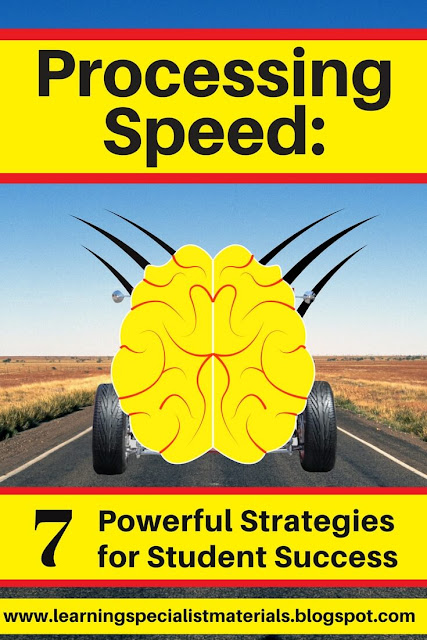Teaching Inferences: 7 Fun Ways to Master Implied Meaning

Inferences or an implied hidden meaning is an abstract higher-order language skill that is challenging to teach and tricky for students to master. For many concrete learners, taking the leap into hidden meanings is both confusing and frustrating. Most students first come across inferences when reading books, but I like to prepare and teach my students how to make sense of implied meaning through images, metaphors, product names, games, and more. 7 Fun Strategies that Teach Students How to Uncover Inferences: 1) Review magazine advertisements and search for hidden images and messages that lure buyers to purchase products. Look at the pictures, words, colors, backgrounds, expressions, layouts, and more. 2) Encourage your students to find their own magazine advertisements. Ask them to cut out their five favorites ...


